[Note: We have been staying in hostels, and internet connections are poor. So I can’t upload pictures. You can see some on my facebook page, which is public]
The earth in the western United States is flush with minerals. Coal in Colorado and Wyoming. Copper in Arizona and New Mexico. Uranium in Utah and Arizona. Silver in New Mexico, Nevada, and California. Gypsum, potash, trona, and borax in the California, Utah, Wyoming, and Nevada deserts. Lead and zinc in New Mexico. Gold damned near everywhere. Many of these minerals have been and are critical to modern capitalist industry and finance, and so their exploitation was inevitable once our economic system took a firm hold on production and distribution. From the perspective of the native peoples, the workers, and the earth itself, the consequences have been catastrophic. I will have more to say about native peoples in later posts. But for now, consider the Navajo in Arizona, who not only worked in outsider-owned uranium mines on their land but used mine waste to construct flooring for their homes, not knowing and not being informed of the dangers, as they could and should have been. Cancer was rare among the Navajo, but now it is epidemic.
For many days after we left Boulder, Colorado, we wandered around the arid deserts and canyons of the southwest. You can’t help but see mining and thedevastation mining has wrought in these places. Coal is being ripped right off the top of the land, with the help of colossal shovels and trucks in Gillette, Wyoming, a town we visited several years ago. On our way to Tucson, we detoured into the mountains to Silver City, New Mexico. The drive was steep and spectacular, but just before Silver City, near the town of Santa Rita, we saw the “El Chino” mine, once owned by Phelps-Dodge and now the property of Freeport-McMoRan. It is a gigantic open pit copper mine, the third oldest in the world and once the world’s largest. Copper mining and processing destroy the earth, poison the water, and kill the workers (In a fine irony, Mexico recently refused a shipment of U.S. beef because it was contaminated with copper). The size of the pit and the extensiveness of the damage done have to be seen to be believed. Both the current and the past owners are notorious union busters and gross violators of human rights and environmental laws. Freport-McMoRan was in league with the murderous Suharto regime in Indonesia, actively participating with the Indonesian military in acts of violence, including murder, against workers and other “enemies” of the government. Phelps-Dodge’s labor and human rights violations are legendary, including the infamous Bisbee (Arizona) deportation, in which more than 1,000 striking Industrial Workers of the World (IWW) miners were arrested, at the behest of Phelps-Dodge executives, and transported by force without food or water for sixteen hours and left stranded in the deserts of New Mexico. In the 1980s, Phelps-Dodge locked out employers at its Arizona mines and in the course of a multi-year strike defeated the copper workers’ union (part of the United Steel Workers union). The parallels to the Bisbee strike are remarkable:
On Monday, August 8, approximately 1,000 strikers and their supporters gathered at the gate to the mine in response. Phelps Dodge stopped production and, later that day, Arizona Governor Bruce Babbitt flew in to meet with the company. Phelps Dodge agreed to a 10-day moratorium on hiring replacement workers, and it was decided that a federal mediator would be called in for negotiations.
On the morning of August 19, military vehicles, tanks, helicopters, 426 state troopers and 325 National Guard members arrived in Clifton and Morenci as part of “Operation Copper Nugget” to break the strike. Strikers at the gate were unable to prevent the replacement workers from entering the mine. Eight days later, 10 strikers were arrested in Ajo and charged with rioting. From this point on, the strike lost much of its momentum
The area around Silver City has been the scene of historic labor struggles, including, in nearby Hanover, New Mexico, the strike of zinc miners made famous by the film Salt of the Earth. The hard rock miners of the west were among the most radical and militant workers in the country, strong supporters of the IWW, the Western Federation of Miners, and the left-led Mine, Mill, and Smelter Workers union. The film, which features workers as well as professional actors, including the estimable Will Geer (Grandpa Walton on the television series), is available on Netflix. It’s a must-see. The union was booted out of the CIO during the Cold War witch hunts, and the film itself was suppressed. The lead female character was played by Mexican actress Rosaura Revueltas, who was deported during the filming. We could only hope that there were unions like Mine, Mill today. Solidarity meant something then. Whatever you might say about the Communists in the labor movement, is it fair to say that we could use a few thousand of them now?
A couple of weeks after Silver City we were in the forgettable town of Ridgecrest, California, a good access point for a trip to Death Valley. The Death Valley region is rich in minerals, and evidence of mining is everywhere. On our way to the national park, we passed through the town of Trona, named for the mineral mined there. Trona is the primary source of sodium carbonate (soda ash), which is used to make glass, as a water softener, and in numerous chemical processes. Trona is a dismal place, with the mines belching smoke night and day. There are houses and trailers in various states of decrepitude, and an enormous junkyard adds to the general state of physical repugnance. Not much grows here, and the high school has the only all-dirt football field in the continental United States. I met the man who owns the junkyard, at the Toyota garage where I took our van for a tune up. He had the leathery look of a desert rat, but he had come to the desert from Somerset, Pennsylvania, a town close to Johnstown, where I taught.
Not far from Ridgecrest, just west of Barstow, is the town of Boron, named for the mineral borax and home to California’s largest open pit mine and the largest borax mine in the world. Older readers might remember the television show Death Valley Days, sponsored by the Pacific Coast Borax Company, maker of “Twenty Mule Team Borax” and “Boraxo,” both soap products. The host of the show was “The Old Ranger,” a role played for awhile by Ronald Reagan. The Pacific Coast Borax Company merged with the United States Potash Corporation to become U.S. Borax. It owned the mine in Boron, but the company was acquired in 1967 by the worldwide mineral behemoth Rio Tinto, another corporate criminal in the mold of Freeport-McMoRan and Phelps Dodge. The company is currently embroiled in a labor dispute with the workers at the Boron mine. It locked them out on January 31 of this year, after the union (a local of the still militant and progressive International Longshore Workers Union, founded by Harry Bridges in the crucible of the 1934 general strike in San Francisco) refused to accept a company contract proposal that would have, in effect, allowed Rio Tinto to rule by decree. The union has organized worldwide protests, including demonstrations at the company’s shareholders’ meeting in London. Here is what CorpWatch says about Rio Tinto:
Rio Tinto could be a poster child for corporate malfeasance. The largest mining company in the world, Rio Tinto has headquarters both in Melbourne, Australia and London, England and operations on all continents except Antarctica. For years, Rio Tinto has had a reputation for being responsible for environmental and human rights violations at its mines and smelters. Prior Rio Tinto corporate incarnations (most immediately Rio Tinto Zinc and Conzinc Riotinto Australia) were regularly embroiled in controversy. Accusations of corporate misdeeds include suppressing trade unions at their Australian operations, exposing workers in a uranium mine in Namibia to radiation, and negligence and complicity in the civil war in Papua New Guinea where Conzinc Riotinto used to operate a major copper mine.
It seems that all the mining giants march to the beat of the same satanic drummer.
When we had our fill of the deserts, we turned west from Reno and drove to the gold mining country east and north of Sacramento. A good deal of the gold mined in the years following the Gold Rush came from the area around Grass Valley and Nevada City. We visited the Empire Mine State Park, which was originally the site of the incredible underground Empire Mine. Skilled Cornish miners, known locally as “Cousin Jacks,” worked the mine with workers of many other nationalities, riding down into the abyss in railroad-like cars called “man slips” and then walking into a 367 mile labyrinth of tunnels that went 11,000 feet on the incline and over a mile vertically into the earth under what is today Grass Valley. The gold made a few men very rich, including the San Francisco blue blood William J. Bourne, Jr., who built a mansion on the mine property that visitors to the park can tour (we passed on this. Nothing is more disgusting that a tour of a robber baron’s house built on the backs of the working class). Bourne only lived in this place a few weeks of the year. He couldn’t stand the noise from the hammering of the rocks in the stamping mill. The museum at the park offers a fascinating look at the nuts and bolts of gold mining, and it includes a remarkable wire model of the interior of the mine. There is a great short film from the 1950s that showed us how gold mining “progressed” from panning streams to the ingenious technical feats that made the Empire Mine possible.
We also visited the Malakoff Diggins north of Nevada City. Before the Gold Rush there was a utopian Fourier “phalanx” in the town of North Bloomfield (now a ghost town, but so far off the beaten path that it is not as tacky and touristy as many such towns. And a few people still live there.) There is an old and pretty cemetery and a Catholic Church—St. Columncille (they seem to have added an “n” to the name). You can look that saint up, like I did!) When gold from simple stream panning became harder to find, enterprising gold prospectors in the early 1850s hit upon the insidious idea of getting large amounts of soil into sluice boxes by striking the hillsides with powerful streams of water. Thus hydraulic mining was born. The first devices used were primitive hoses, but soon dams were built in the mountains, and the water from these was sent by wooden canals, some as long as forty-five miles, to water cannons called “monitors.” The work was done by Chinese laborers. Chinese immigrants once lived in towns large and small everywhere in the west, but they were eventually driven out during periods of ant-Chinese hysteria. The pressure developed in the monitors was so great that entire mountains of gravel could be washed away in a short period of time. The Malakoff site, which still shows the impact of the mining, is 600 feet deep in some places, 7,000 feet long and 3,000 feet wide. The hills are multicolored and beautiful in a macabre way. One man told us that locals call it California’s “Grand Canyon.” The damage done by hydraulic mining boggles the mind. Not only were the hills and mountains destroyed forever, but the earth and water were poisoned and still are. The millions of gallons of water used to wash down the gold-bearing gravel had to go somewhere, and where they went was into the streams and rivers, including the Yuba, whichc flows hrough an incredibly deep ravine. These waterways then overflowed their banks, flooding towns and filling them with mud. The flooding and waste destroyed farms and eventually wreaked havoc on Sacramento, eight-five miles away. San Francisco Bay was filling up with silt from the mining waste. The devastating impact on both private and public property eventually led to successful lawsuits against the mining companies and in 1884 a judicial ban on hydraulic mining. The federal government made the mining illegal in 1894, perhaps the nations first environmental protection laws.
Across the road from the Diggins is an abandoned mine site, fenced in and replete with danger warnings. The land is thoroughly poisoned, and you could fall into a mines shaft. Overlooking it is a bench and a memorial plaque, in honor of one Wendell LeDU and his “Hydraulic Monster.” LeDU owned this mine, and the memorial was placed their by his family. We wondered why his family would honor LeDU’s monstrous acts.
Metal and mineral mining have inglorious histories, although Nevada’s silver helped finance the Civil War and was the main reason Lincoln pressed for its admission to the Union. Perhaps what Shakespeare said about gold can be applied to all of them:
Gold? Yellow, glittering, precious gold?…
This yellow slave
Will knit and break religions, bless the accursed,
Make the hoar leprosy adored, place thieves,
And give them title, knee and approbation
With senators on the bench.





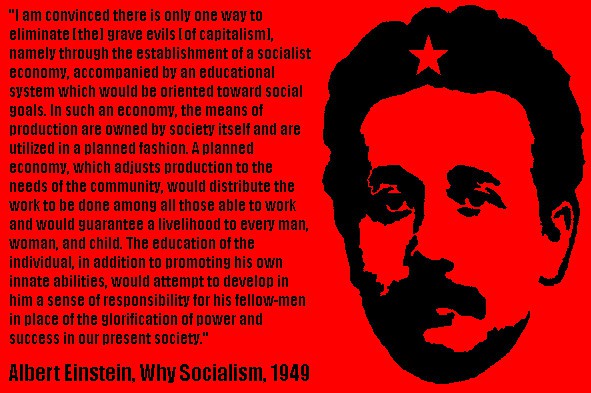
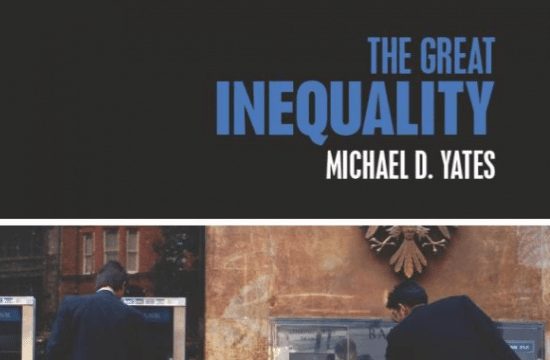
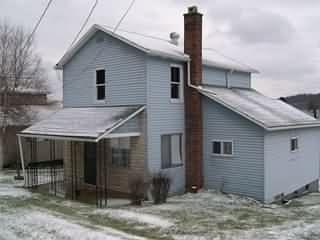
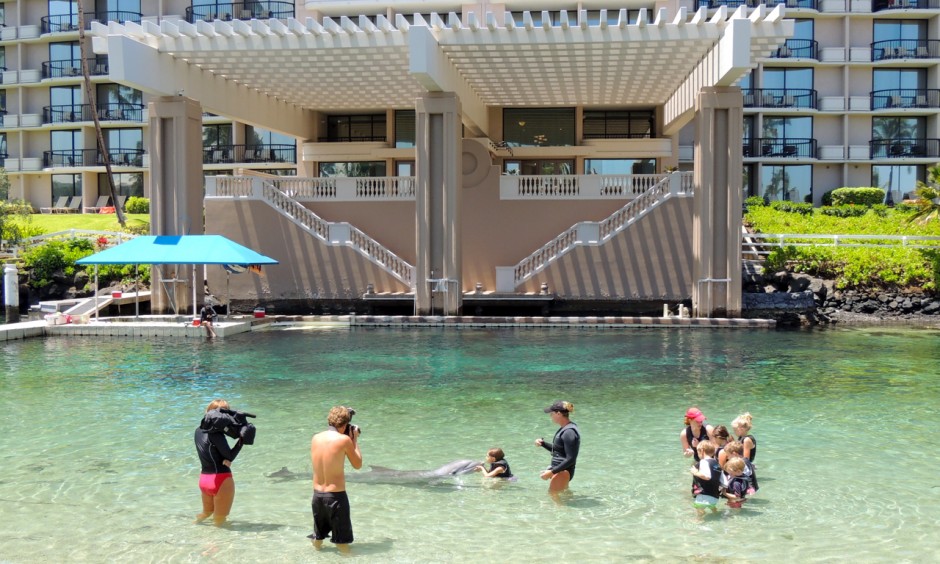
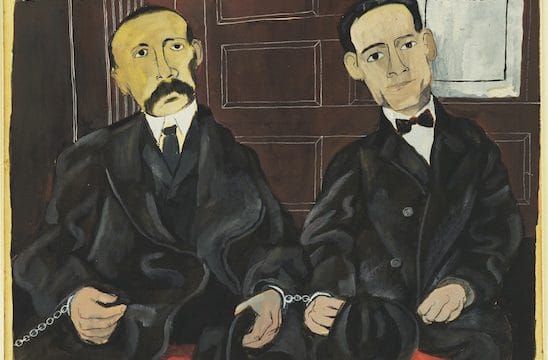
Wow, Michael, you are so knowledgeable about this piece of history of the West. Your post is enjoyable reading & informative. thanks for sharing. Seems as though you could write a book about tbis. Take Care, Marcia
Many thanks, Marcia. I am glad that you enjoyed this post. Keep in touch!
Thank you Michael for another insightful essay based on your observations and travel. Your chronicle appears to be unfolding as an epic war of predation against the beauty and treasure of our common patrimony. Justice is done by your uncovering of history. Justice is History. Like Herodotus wrote, an historian must be equipped with a good pair of boots. Keep on traveling and letting us know what happened to our country.
Thanks once again, Albert. Comments like yours make me think that it is worthwhile to keep on blogging. Once a woman on whose property we were staying said that she didn’t understand why people were hostile to Mexicans in the United States. “After all,” she said, “They’re our neighbors.” Similarly, how can we mistreat Mother Earth so badly. It is our constant companion.
Thanks once again, Albert. Comments like yours make me think that it is worthwhile to keep on blogging. Once a woman on whose property we were staying said that she didn’t understand why people were hostile to Mexicans in the United States. “After all,” she said, “They’re our neighbors.” Similarly, how can we mistreat Mother Earth so badly. It is our constant companion.